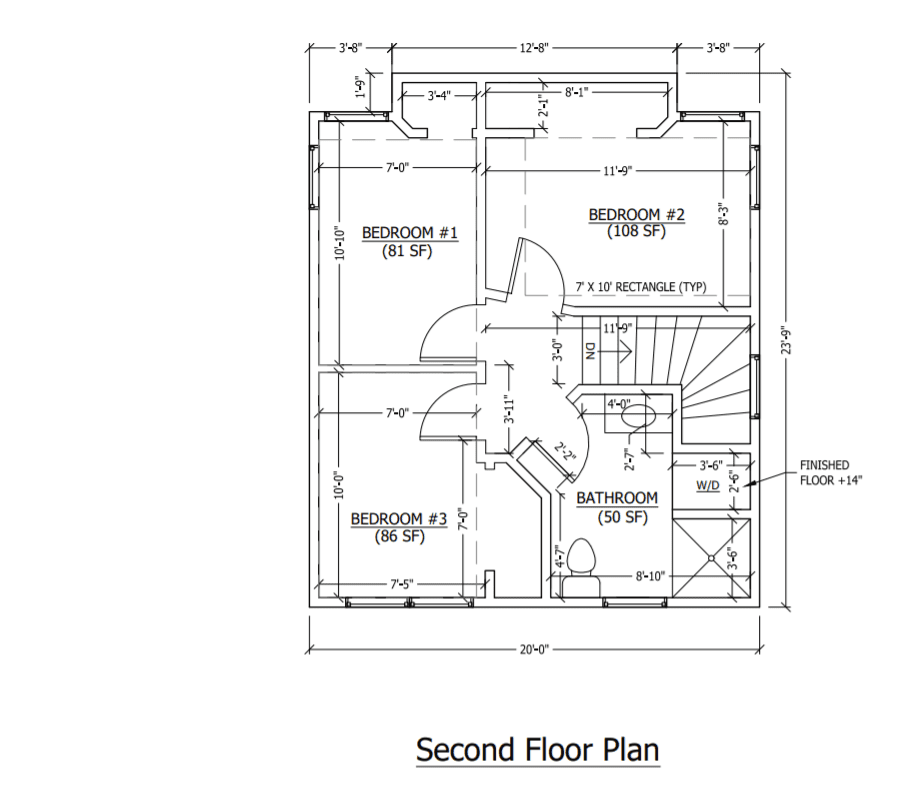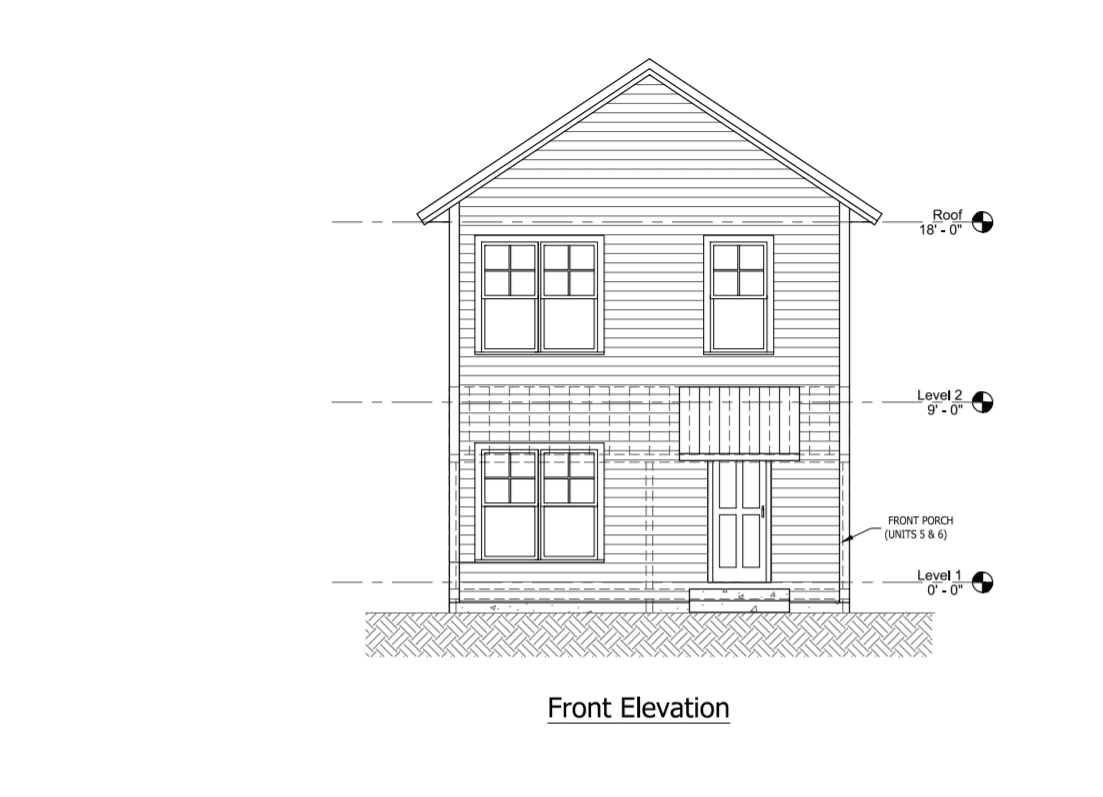MADISON – The town’s Planning and Zoning Commission reluctantly approved a proposal for a cluster of single family houses on Scotland Avenue – noting that state statute regarding affordable housing tied their hands on issues of traffic and septic – on the condition that the developers build five rather than six units on the half-acre lot.
On Tuesday, in what was for several their last meeting as members of the commission, they weighed options for approving or rejecting the application for six, single-family homes clustered on the small property at 92 Scotland Ave, including two affordable units, which had drawn vocal opposition from the neighborhood – the commission could deny the application and face an appeal that they would likely lose, or they could approve the project with several conditions in the hope that they would be acceptable to the developers.

“I have a very hard time looking into the [public hearing] record – which is the only place anybody can look to make a judgment on this – and find substantial health or public safety issues that would be upheld on appeal,” said Commission Chair Ron Clark, on what turned out to be his last day on Planning and Zoning.
Clark explained that the state’s 8-30g statute removed issues of density, setbacks and aesthetics from the purview of zoning, allowing the commission only to deny an application, with an affordable housing component, for reasons of health and safety.
Clark said there was not “a shred of evidence” in the record from any expert that attests to there being a traffic problem – only anecdotal reports from neighbors about heavy traffic from the adjacent Jaycee Fields during baseball season.
Concerns about the six proposed septic systems on the half-acre lot were likewise under the purview of the health department, which had given preliminary approval, said Clark. If the plans are approved by the health director, Clark said, the commission has no avenue to claim a problem. If the plans are rejected, he said, the project won’t be built in anycase.
“If we deny and [ our decision] is overturned, the original application as submitted is approved,” Clark said. “No conditions, none of the improvements that we negotiated: impervious sidewalks, lighting, variation in the units.”
Commission member Joel Miller, who said this was also his last meeting, and was also probably the most important deliberation in 12 years on the commission, said he thought that the idea the commission’s hands were completely tied by 8-30g was a misconception.
“The whole purpose of our residential zoning regulations are for the safety and health and protection of local street characteristics, the use and protection of our private water and sewer facilities, and the level of other public services in these areas – and that protection is essential to the maintenance of a balanced community and sound residential areas of diverse types,” Miller said. “8-30g tells us that we have to demonstrate that our decision is necessary to protect substantial public interest in health, safety and other matters which the commission may legally consider – and it is fairly subjective.”
Miller said the steep “bluff” running from the property down to the Jaycee Fields already shows significant erosion just from the single existing house on the property now. Miller said it’s clear to him that the record shows that erosion would be significantly exacerbated by the proposed development, and that more erosion could harm the fields used by thousands of people each year. That is a direct result of the application side-stepping the town’s density regulations, Miller said.
“Our cover standards are in place to prevent this kind of impact, and shouldn’t be regarded relative to the site plan,” Miller said. “The likelihood of impact to the adjacent lot, it’s more than a theoretical possibility. It’s a likelihood of specific harm to the public interest.”
Miller said the town had approved other affordable developments that are more responsible to the existing environment, and he would be more likely to support an application that includes two affordable units and fewer units overall. He said the application looks more like an attempt to fit as many market-rate units on the site as possible, rather than a genuine attempt to increase affordable housing in Madison.
The commission eventually settled on adding a condition to their approval allowing no more than five units, among other conditions, including: that the developers allow a maximum of two vehicles per unit, that a stop sign be installed on the driveway before the crosswalk, that all pervious walkways in the plan be replaced with solid surfaces, and that erosion controls be installed before any site disturbance – among other conditions.

